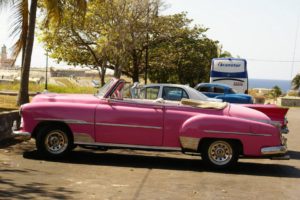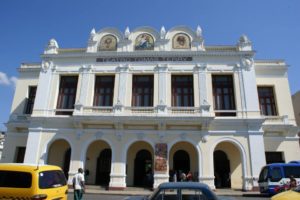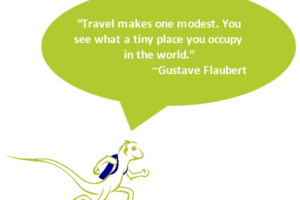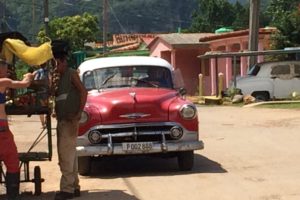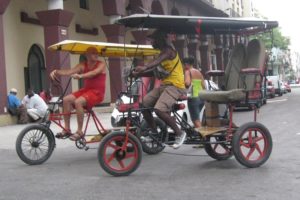WHY CUBA?
View All Tours- TRAVEL REGULATIONS
- WHY CUBA?
- CUBA QUICK FACTS
- MI TIERRA TOUR 5 Days
- MAMBO TOUR 6 Days
- GUAJIRO TOUR 7 Days
- CLÁSICO TOUR 7 Days
- Return to tour overview!
Cuba is the perfect place for your travelers’ Spanish experience “abroad.” Here’s why:
- Its people – Cubans are extremely friendly, well-educated, musically-inclined, expressive, generous, and highly ingenious. They’re also great storytellers as well who love hyperboles and enjoy chatting about life with people of all ages.
- Spanish immersion – Cuba may be the one Spanish-speaking country with the fewest English speakers – expect to interact with, dance, eat, and converse “en espanol” – No “Spanglish” here.
- Music – Cuba is the cradle of most of Latin America’s music and dance rhythms – salsa, merengue, rumba, cha-cha-chá, to name a few, were all originated here – it’s impossible to walk the streets of Cuba and not get intoxicated with Cuba’s passion for music.
- Safe tourist travel – Given its high security standards for tourists, Cuba is one of the safest nations for tourists in the Americas – people walk alone or accompanied safely at all hours of the night.
- Fusion of cultures – Cuba is a fusion of Taíno Indian, European, African, and a bit of American (up to late 1950’s) cultures that influence the country’s language, religions, cuisine, and the arts.
- Cuban and American history – Cuba has an enriching and intimate history with the US dating back to 1898’s Hispanic-American War – plus, there’s the Bay of Pigs, the Cuban-Missile Crisis, Hemingway, Buena Vista Social Club, the 1960’s, the embargo, … get the picture?
- Vintage cars and peculiar transportation – Where else in the world do 1950 American cars roam the streets in good shape and splendor? In addition to vintage cars, streets are full of horses, peculiar taxis, bike cabs, horse carriages and lots of people who simply walk, walk, walk.
- Architecture – Cuba is one of the richest and most architecturally diverse countries in the Americas – you’ll find it all here, especially in Havana: old Spanish forts, colonial and Baroque architecture, neo-classical, and even art deco buildings remain nearly untouched for over 50 years.
- Nature – A PBS documentary calls this island the “Accidental Eden” – given the lack of economic prosperity and tourism over the last 50 years, its natural habitats have remained for the most part untouched and protected from over-development. From Viñales’ strange limestone “mogotes”,” to Guamá’s Cuban crocodile, to the Sierra mountains and rich forests, to the vast miles of sandy beaches that circle the island, Cuba is a nature-lovers’ paradise.
- Havana’s Malecón – Cuban culture comes alive all along Havana’s harbor-front esplanade: locals dance here, kiss, play dominoes, stroll, chat, drink, play guitars/bongos, get married, and much more.
- Baseball – Get ready to see Cubans of all ages playing baseball everywhere: plazas, streets, buildings, beach, you name it – it is the country’s main sport with a long history of world-class professional players and national team championships.
- “Forbidden fruit” status – Americans have not been able to travel legally to Cuba since the 1950’s. Thanks to OFAC’s people-to-people license, we are now able to experience Cuba legally as we interact daily with locals and learn from each other.
- Land of contrasts – Cuba is one of our closest neighbors but at the same time, one of our farthest ones; it is the largest but least commercialized Caribbean island; it’s a land lost in time where some transportation, architecture, and parts of society are still at 1950’s standards.
